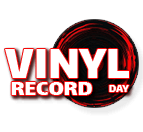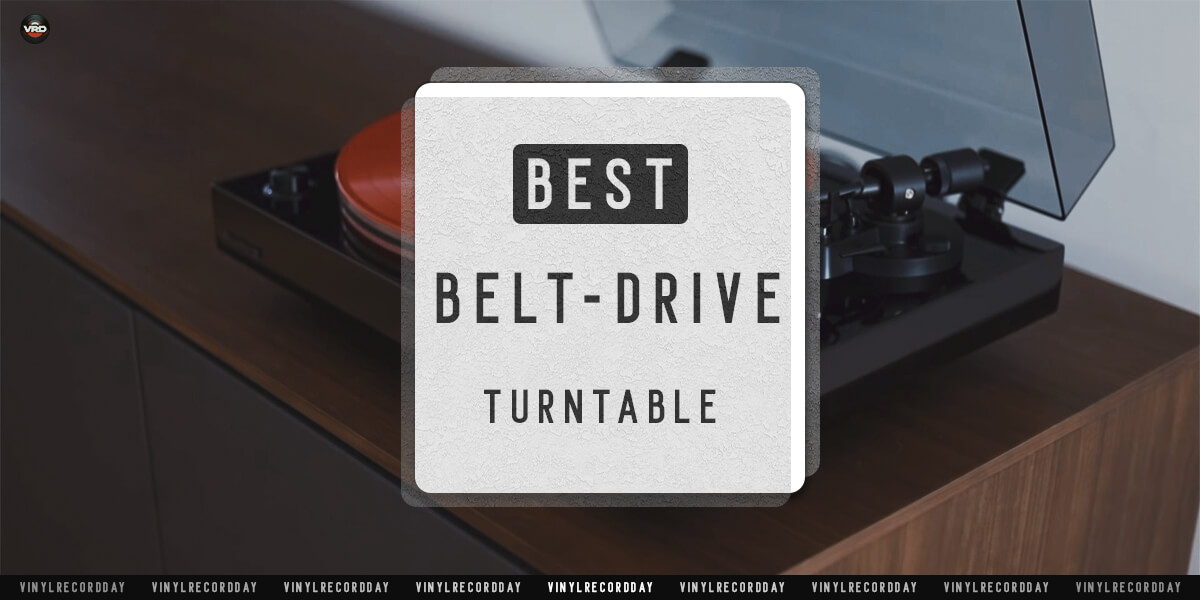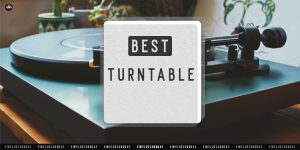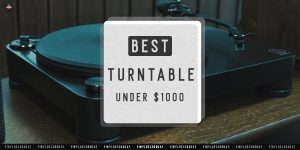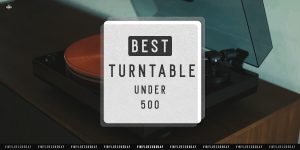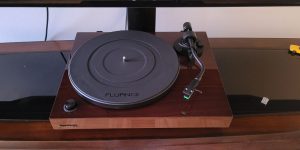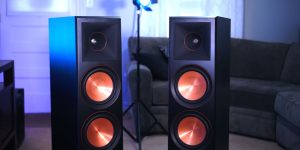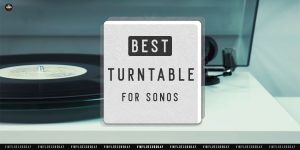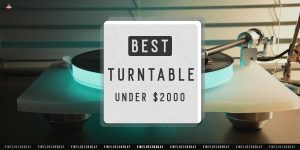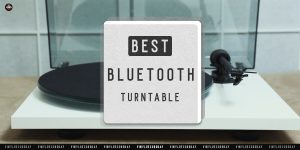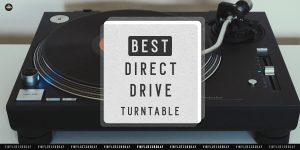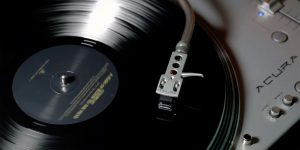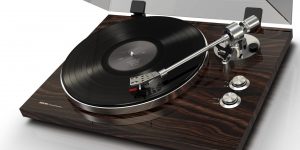You are here because you would like to purchase the best belt drive turntable to maximize your vinyl listening experience. I respect your intention and want to help you choose the right option that will meet your audial requirements and budget.
I’ve put out this review that offers a wide selection of turntable models, including the most affordable products and the ones that cost around $1,000. Stick with me, and you will know everything you’ve got to grasp about belt-drive record players by the end of this review.
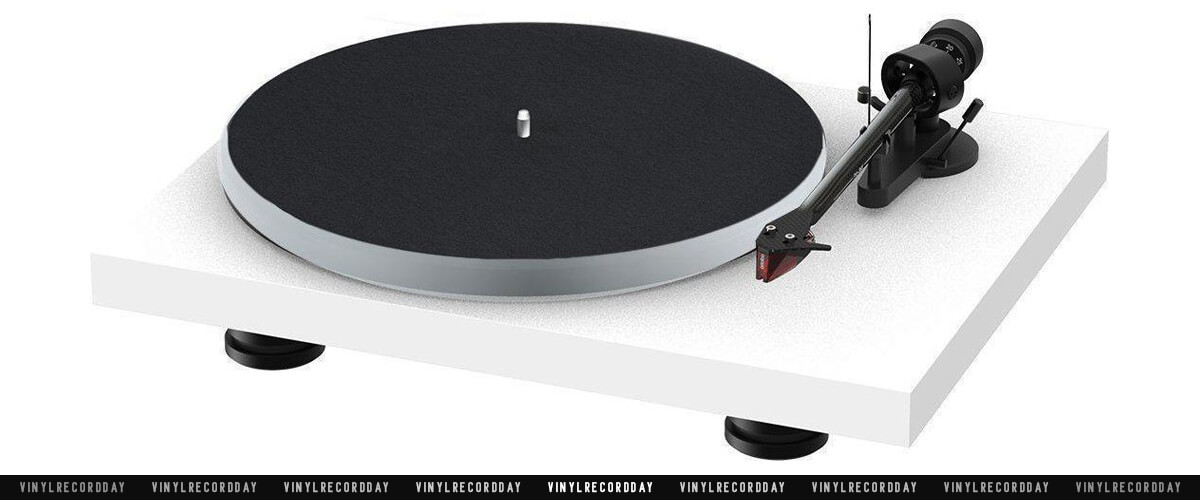
Belt drive record player comparison table
| Name | Speeds, RPM | Phono Pre-Amp | Bluetooth | USB | AUX | Review |
|---|---|---|---|---|---|---|
| Pro-Ject Debut Carbon EVO best overall | 33/45/78 | no | no | no | no | Review |
| Fluance RT85 under $500 | 33 1/3, 45 | no | no | no | no | Review |
| Sony PS-LX310BT budget | 33 1/3, 45 | yes | yes | yes | no | Review |
Pros and cons of belt drive turntables
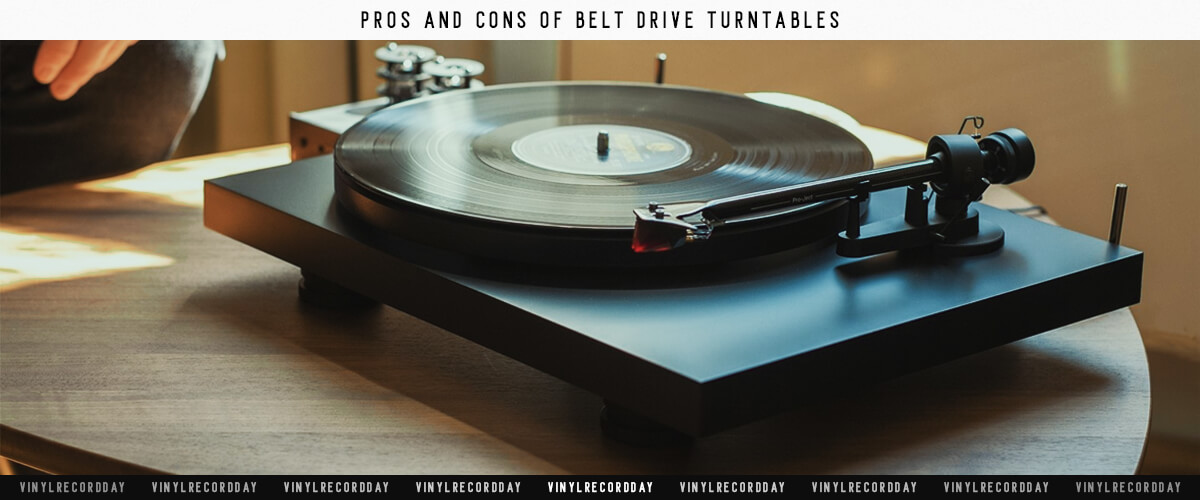
When choosing between direct and belt drive turntables, many vinyl enthusiasts pick the latter due to its numerous advantages.
Belt-drive record players feature a platter isolated from the motor. However, they are connected with an elastic belt spinning the platter under the motor’s power. Such a construction reduces any harsh vibrations and mechanical resonances, resulting in a clearer sound.
Moreover, belt-drive record players are much easier to set up and operate.
But there are some things you might not like. For instance, even though belts are tough and will last for a long time, they still wear out and require a replacement. Besides, belt-drive turntables have lower torque and sometimes even inconsistent rotation speed, affecting playback quality.
How I tested belt drive record players
I take every turntable model for a test spin to give my impartial and fact-based verdict about the best belt drive record player. I carefully assess the sound and build quality, extra features, and whether it is easy to set up & use.
I relied on additional equipment to estimate the turntable’s capabilities and performance. Here is a list of assets I used:
- Stereo receiver – Yamaha R-N303
- Phono preamplifier – Emotiva XPS-1
- Speaker wire – AudioQuest Type-9
- Stereo speakers:
- Bookshelf:
- Floor Standing:
I listened to the selection of tracks from different genres like pop, rock, jazz, electro, indie folk to get a better idea of the sound quality:
- Stravinsky – The Rite of Spring
- Dvorak – Symphony No.9
- Bon Iver – Bon Iver
- Radiohead – In Rainbows
- Pink Floyd – Dark Side of the Moon
- Daft Punk – Random Access Memories
- John Williams – Jurassic Park
Best belt drive turntables reviews
Belt drive turntables under $1000
Pro-Ject Debut Carbon EVO – best overall

Pro-Ject is a brand I really like; it’s known for its quality designs, bold colors, and great sound – all at a good price. They started the Debut series in 1990, and it’s been a favorite among vinyl fans ever since. The Debut Carbon EVO doesn’t disappoint as well.
Thanks to the improved motor suspension, this record player works quieter, enabling you to enjoy the sound that restores the frequencies as close to the original as possible. While it is not the heaviest model on the market (13.2 pounds), its steel platter, enhanced with TPE damping, effectively minimizes vibrations and resonance. The TT supports 33/45/78 RPM records and allows you to change the speed with the touch of a button, though it’s tucked away beneath the plinth, which makes it hard to reach. To be frank, straight tonearms usually remind me of lower-end turntables, yet I have to concede that the EVO’s straight 8.6-inch carbon fiber tonearm is quite good. It’s lightweight yet solid, aiding in precise tracking and lessening wear on records. However, adjusting the arm’s vertical tracking force can be a tricky and lengthy process for beginners. But once you make it, you’ll enjoy smooth operation and decent sound.
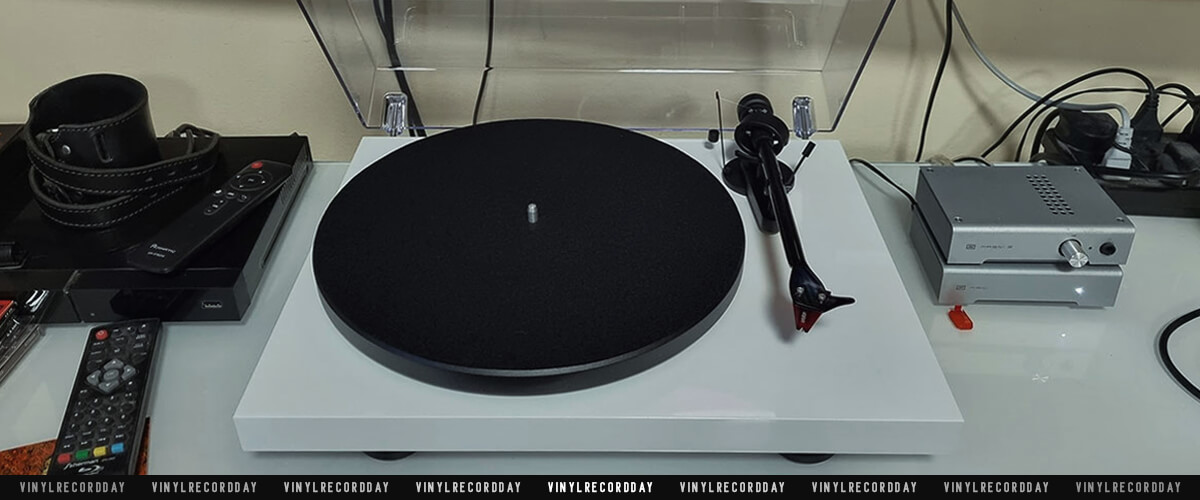
The Sumiko Rainier cartridge also sparks debate among critical listeners, but from my experience, it performed well across various music genres during tests.
The one aspect I truly found lacking is the lid – oddly, there are no rubber protectors, particularly considering the turntable’s glossy finish. I’m worried that it might develop scratches over time. Additionally, the hinges don’t appear to be very sturdy.
To conclude, with its classic design, high-quality components, and decent sound, Pro-Ject Debut Carbon EVO is the best belt drive turntable under $1.000 today’s market has to offer. Yes, its closest competitor – Rega Planar 2 outperforms it in some aspects, but considering the EVO’s price/quality/user-friendliness ratio, it still wins the gold medal.
Key specs
- Drive type: belt.
- Operation type: fully-manual.
- Speeds, RPM: 33 1/3, 45.
- Cartridge: Sumiko Rainier cartridge.
- Built-in preamp: no.
- Bluetooth: no.
- USB: no.
- AUX: no.
Pros
- Improved motor suspension for fewer vibrations.
- Heavy steel platter with thermoplastic elastomer ring for quiet operation.
- Works with 33/45/78 RPM records.
- High-quality tonearm and cartridge.
- Comes in different color options (bright and classic) to match your interior.
Cons
- The speed selection button is placed inconveniently
- Tonearm setup is challenging for beginners
- Poorly designed lid.
Rega Planar 2
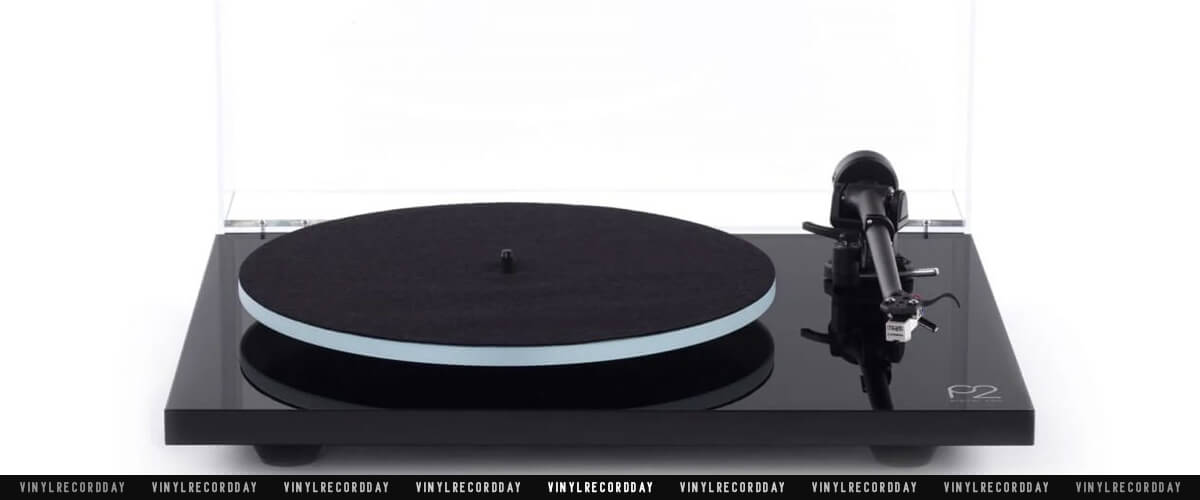
The Rega Planar 2’s graceful design, sturdy build, and smart engineering make it really successful in its price range. Let’s take a closer look at its features.
Having a tonearm with ultra-low friction bearings and lightweight bearing housing with an integrated arm clip, the unit provides enhanced performance. It is also compatible with a wide range of cartridges.
The Rega Planar 2 comes with a pre-installed Rega Carbon moving magnet cartridge that ensures play convenience. Furthermore, the EBLT drive belt brings improved stability and more accurate speed, plus, 24V low noise and low vibration motor won’t interfere with the purity of sound during the playback. Another feature I love about the Planar 2 is its upgraded float optiwhite glass 0,4 inch (10 mm) platter, known for its self-cleaning properties.
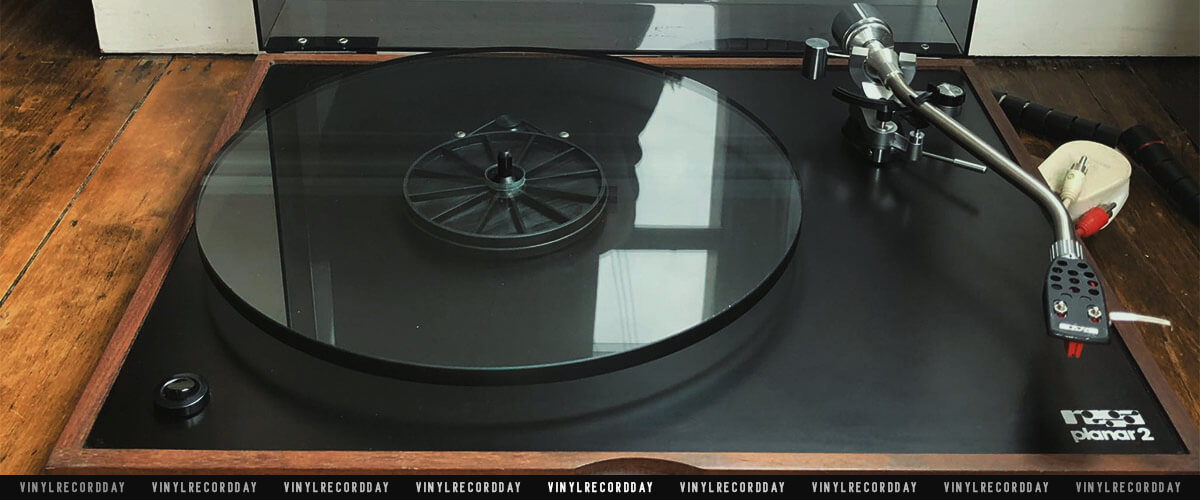
Thanks to its meticulous construction and quality mechanics, the Planar 2 delivers excellent sound – balanced, powerful, with a big soundstage and natural musicality. I tested it on the SBTRKT with its intricate mix of sharp beats, dynamic percussions, & fast rhythms, and Rega’s precision and rhythmical skill accurately place every sound, all delivered with vibrant energy. Yes, this player sounds slightly better than our winner, the Pro-Ject Debut Carbon EVO. But, honestly, only an expert can tell the difference; most newcomers, even with a critical ear, won’t notice it.
There are minor inconveniences like the power button under the plinth, the absence of the speed switch button, and tricky tonearm balancing. As you can see, the EVO gets additional scores here – it’s more user-friendly with its convenient speed selector.
Key specs
- Drive type: belt.
- Operation type: fully-manual.
- Speeds, RPM: 33 1/3, 45.
- Cartridge: Rega Carbon MM.
- Built-in preamp: no.
- Bluetooth: no.
- USB: no.
- AUX: no.
Pros
- Upgraded tonearm compatible with different cartridges.
- EBLT drive belt for speed accuracy.
- Sounds great right out of the box.
- Elegant design.
Cons
- Balancing the tonearm is a bit tricky.
- Inconvenient power button.
- No speed selector – you’ll need to remove the platter to adjust the speed manually.
Belt drive turntables under $500
Fluance RT85 – best under $500
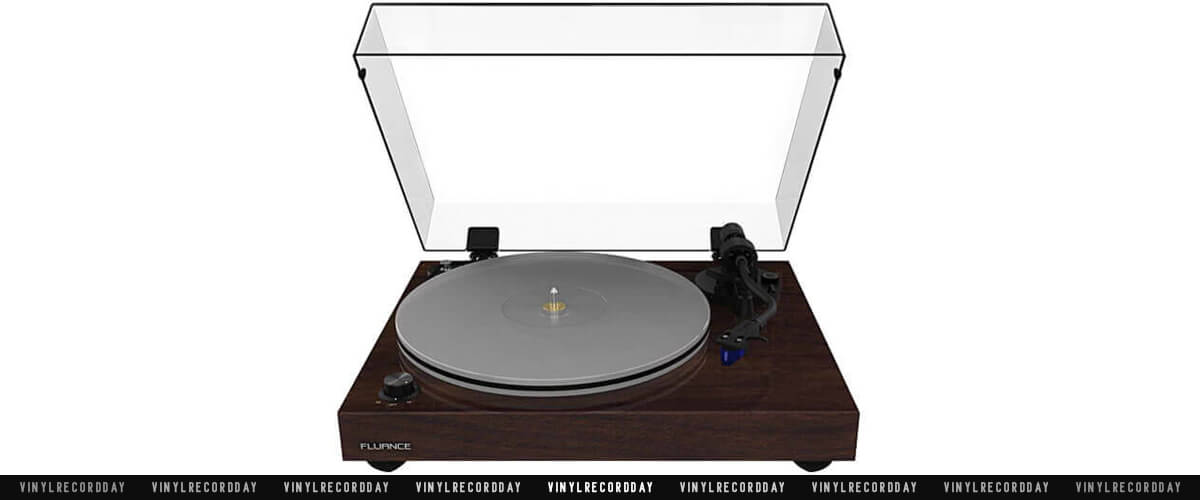
If the previous two turntables are a bit expensive for you, but you still want a solid, good-sounding machine, do consider the Fluance RT85. This model offers exceptional build quality for its price – it’s rare to find such decent components in a TT for under $500.
The acrylic platter absorbs unwanted vibrations resulting in a clear track playback. In addition, the isolated motor with a speed control mechanism guarantees consistent platter velocity (0.07% wow/flutter). A solid wood plinth with vibration isolation feet secures the unit from micro-vibrations and resonances. I also appreciated the Ortofon 2M Blue cartridge that sits on the S-curved tonearm. They work together to deliver beautiful, warm sound with no extra bass or unusual sound curves but with a well-distributed soundstage.
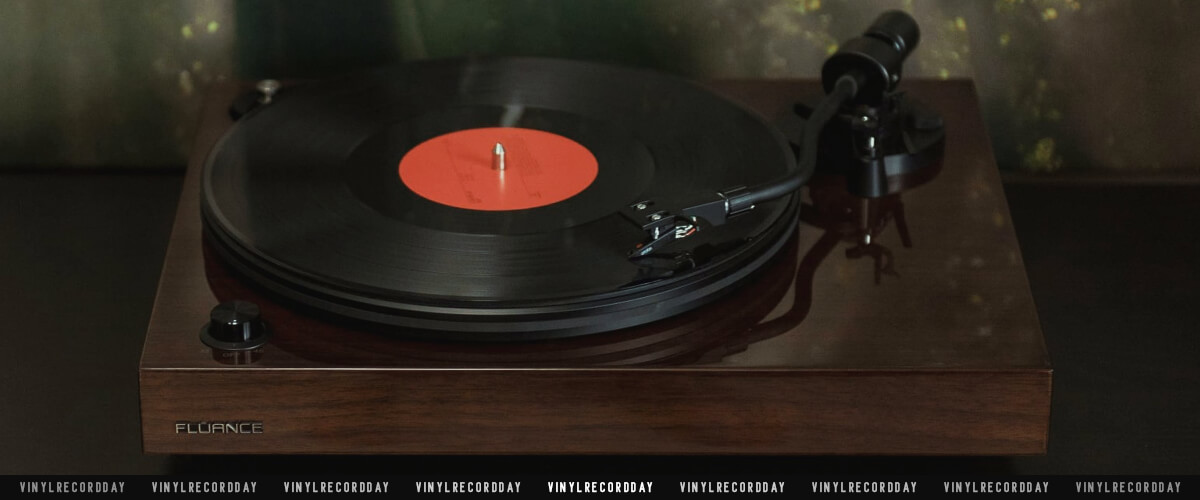
Just like Denon DP-400, the Fluance RT85 doesn’t have an in-built phono preamp (a nod to audiophiles) but comes with two standard RCA outputs that allow bringing your stereo receiver.
Mind that the tonearm requires some fine-tuning. At first, I added too little tracking force, and the sound was excessively bright – nearly toxic to my ears. It took me several tries to set the perfect force.
Clearly, our top-listed models feature more sophisticated engineering and superior build quality, which translates to better sound. However, for its price, the Fluance RT85 is simply brilliant with its high-mass plinth, acrylic platter, S-type tonearm, and Ortofon 2M Blue cartridge. I do recommend it to those looking for the best belt drive turntable under $ 500 (KW).
Key specs
- Drive type: belt.
- Operation type: fully-manual.
- Speeds, RPM: 33 1/3, 45.
- Cartridge: Ortofon 2M Blue cartridge.
- Built-in preamp: no.
- Bluetooth: no.
- USB: no.
- AUX: no.
Pros
- Ortofon 2M Blue cartridge for perfect groove tracking.
- S-curved tonearm ensures tracking accuracy.
- Heavy acrylic platter for stable sound.
- Motor with a speed control mechanism.
Cons
- Requires customization and adjustments.
- No in-built phono preamp.
Denon DP-400
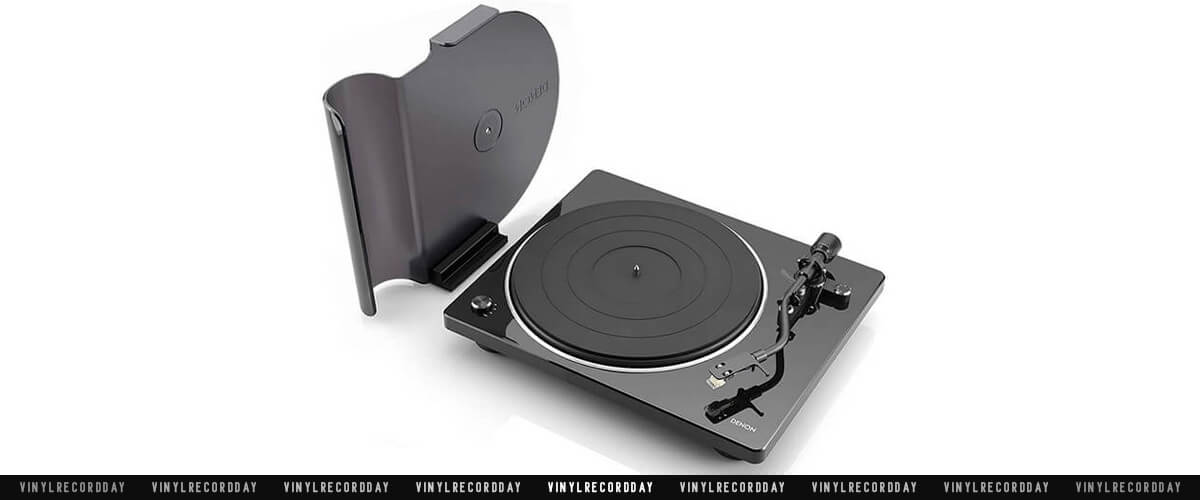
After dedicating considerable time to the Denon DP-400, I find myself with a blend of emotions about the experience.
This is a semi-automatic model, which is great for beginners who only start learning to operate vinyl. It includes a S-shape curved tonearm (great for tracking) and a branded moving-magnet cartridge with an elliptical diamond stylus premounted to the headshell. But I would recommend upgrading the cartridge to an Ortofon Red or Blue for uncovering missing harmonic grooves of the record.
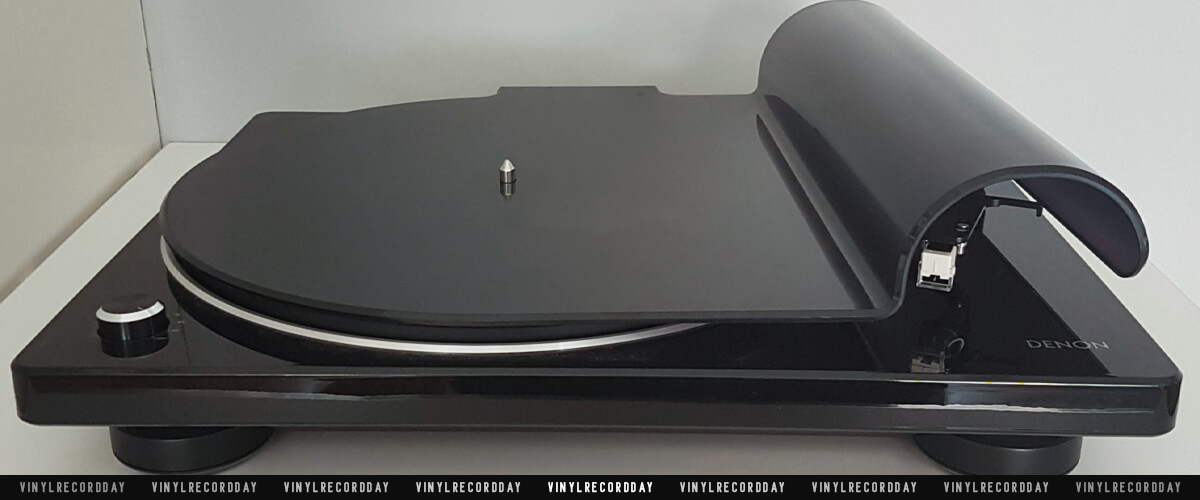
Unlike Fluance RT85 with 33 1/3 and 45 RPM capabilities, the Denon DP-400 turntable also covers 78 RPM records and allows you to set various speed settings. Another dissimilarity is that this record player has an in-built preamp, which reduces the need for an external device. It’s another good addition for newbies, but the motor noise is noticeably intrusive. This constant humming compromises the listening experience, especially in the more subdued sections of music.
To be honest, I don’t really like the DP-400’s construction. Yes, it looks slim and elegant, but it’s lightweight and lacks sturdiness, especially when compared to the Fluance RT85. Besides, it has a fragile, low-profile lid that doesn’t cover the entire deck, only the platter and arm.
To sum up, the Denon DP-400 sparks debates among vinyl lovers; I’d say it’s a love-it-or-hate-it model. However, if you are a beginner who needs an easy to set up and operate TT with minimalistic, lightweight design and room for future upgrades, the DP-400 may be the right pick for you.
Key specs
- Drive type: belt.
- Operation type: semi-automatic.
- Speeds, RPM: 33 1/3, 45, 78.
- Cartridge: pre-mounted Denon MM cartridge.
- Built-in preamp: yes.
- Bluetooth: no.
- USB: no.
- AUX: no.
Pros
- High-quality components.
- Speed control works perfectly.
- Easy setup.
- Silent operation.
Cons
- Disturbing motor whirring.
- It’s better to upgrade the cartridge.
- Flimsy dust cover.
Belt drive turntables under $300
Fluance RT82
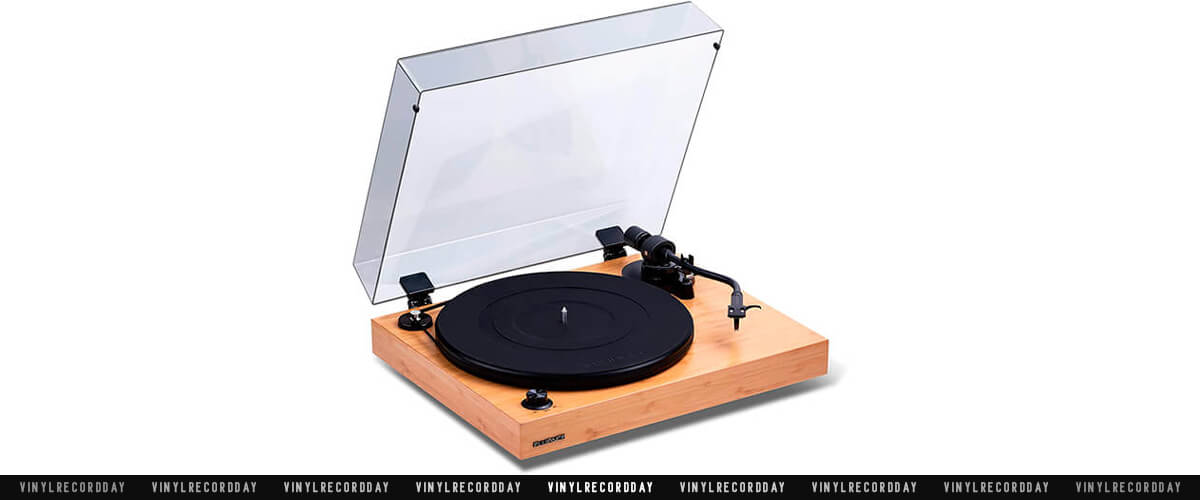
Meet another player made by the highly regarded Fluance brand. While its RT85 tops the list of sub-$500 models, the RT82 is ranked as the best belt drive turntable under $300 (KW).
It offers commendable sound quality thanks to its S-shaped tonearm and the Ortofon OM10 elliptical cartridge – a combination hard to surpass in its price bracket. While listening to Fleetwood Mac’s ‘Rumours,’ I was enjoying the sharpness of the high hats and the richness of the bass lines – details that less expensive models often miss. This difference was stark in ‘Dreams,’ where Stevie Nicks’ ethereal vocals seemed more vivid and layered. Frankly, I didn’t anticipate such good sound from a TT priced under $300.
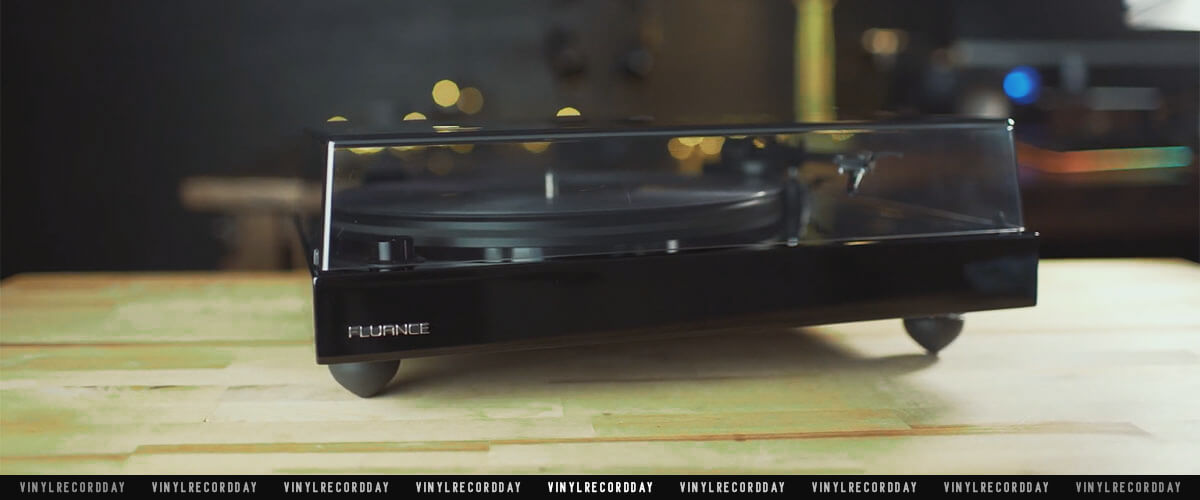
Because this is a manual turntable (unlike Sony PS-LX310BT with a fully automated mechanism), this device gives you more control. However, I spent nearly an hour unpacking and setting it up, so keep in mind that this is not the type of turntable you can unpack and use immediately. Also, note that the cueing lever tends to be somewhat twitchy, necessitating a gentle touch to keep the needle steady. Another feature I didn’t like is the speed control – it requires some improvement as there is a noticeable amount of a little wow and flutter.
If you need a reliable, well-built, good-sounding, yet affordable player, do consider the Fluance RT82. For its price, it won’t disappoint you!
Key specs
- Drive type: belt.
- Operation type: fully-manual.
- Speeds, RPM: 33 1/3, 45.
- Cartridge: Ortofon OM10 elliptical cartridge.
- Built-in preamp: no.
- Bluetooth: no.
- USB: yes.
- AUX: no.
Pros
- Durable and attractive
- Good sound
Cons
- Flaws in speed control.
- Takes time to set up.
- Jumpy cueing lever.
Sony PS-LX310BT – best budget
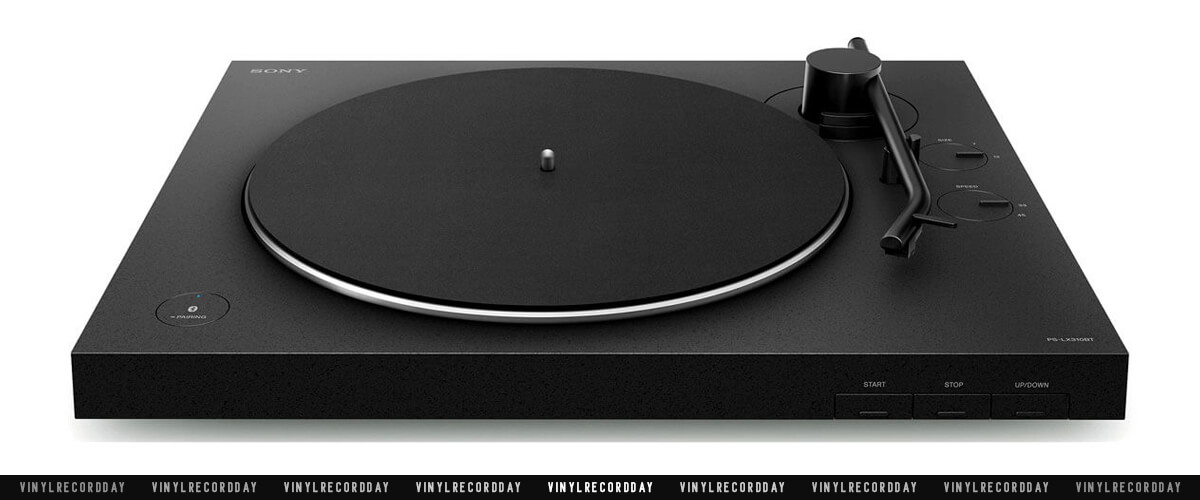
Sony PS-LX310BT is a budget-friendly turntable that promises wireless freedom.
Compared to Fluance RT82 that allows connecting to speakers only through outputs, this Sony record player has a Bluetooth module that enables wireless connectivity. Besides, it is fully automatic, making it a perfect match for vinyl rookies.
Although the player is very lightweight (only 7.9 pounds), it features a pretty heavy aluminum die-cast platter and isolated motor, ensuring clear playback. It works at two operating speeds: 33⅓ and 45 RPM, and I found no deviations in the reproduction speed. Mind that there are no adjustments for setting the tracking force or the azimuth for the cartridge. Beginners might not notice it, but enthusiasts who enjoy fine-tuning might see it as a drawback.
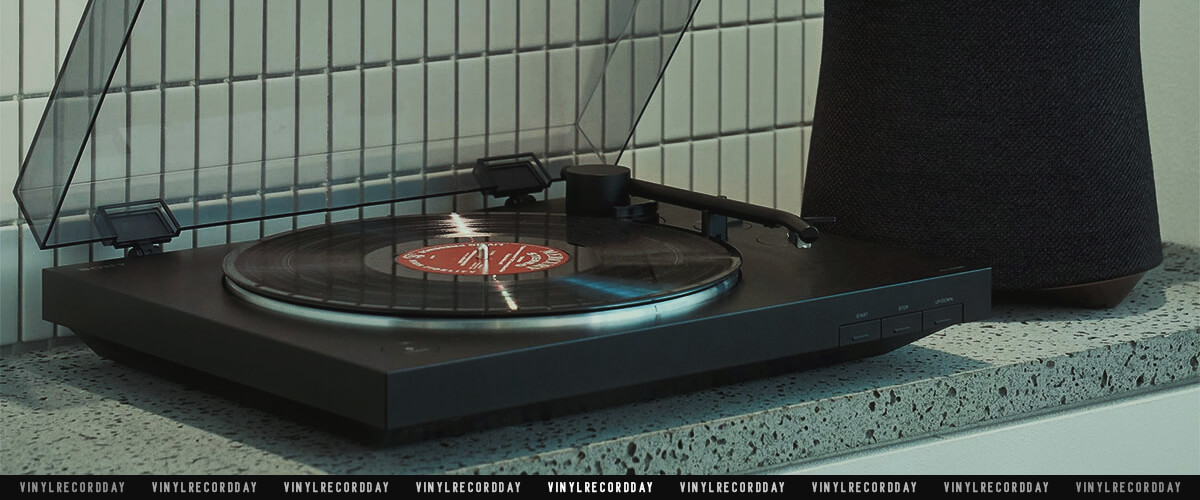
The audio quality is adequate for the price. Of course, it won’t wring out every piece of sound from the grooves, but there are no critical sound deviations that might affect your listening experience. The midrange and bass score well, but there could be more treble and more expression in vocals. But again, for the money, it’s rather a minor quibble than a solid disadvantage.
All in all, this is a great budget belt drive turntable, which enables wireless connection, produces a good sound, and grants completely effortless operation.
Key specs
- Drive type: belt.
- Operation type: fully-automatic.
- Speeds, RPM: 33 1/3, 45.
- Cartridge: Sony MM.
- Built-in preamp: yes.
- Bluetooth: yes.
- USB: no.
- AUX: yes.
Pros
- Fully automated for ease of use.
- Smooth operation mechanism.
- Decent sound when using Bluetooth.
- No speed fluctuations.
Cons
- Doesn’t allow tonearm adjustment.
- Not a hi-fi sound reproduction.
- Lightweight – feels like a toy.
Belt drive turntables under $200
Audio-Technica AT-LP60X
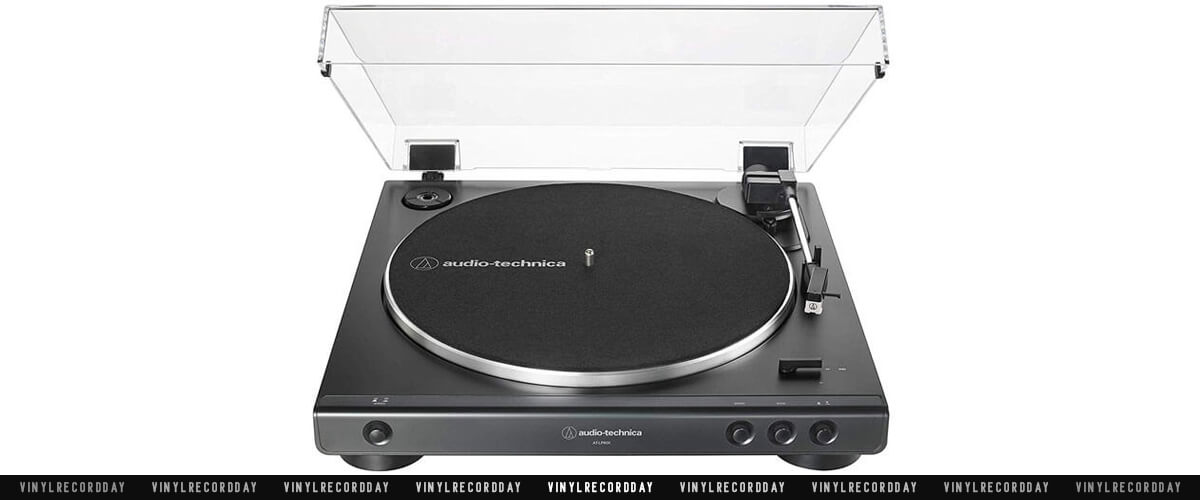
I don’t like singing the praise of cheap turntables, but some users want to start getting acquainted with vinyl through more affordable models. So, here is a good cheap belt drive vinyl player with classic features and adequate-quality components – the Audio-Technica AT-LP60Xs.
It’s very user-friendly with the built-in preamp and fully automated operation, so all you have to do is lift the tonearm and the music starts playing without any fuss. The quite powerful 300W DC servo-controlled motor guarantees steady playback at 33 and 45 RPM. Plus, the sturdy die-cast aluminum platter ensures consistent performance.
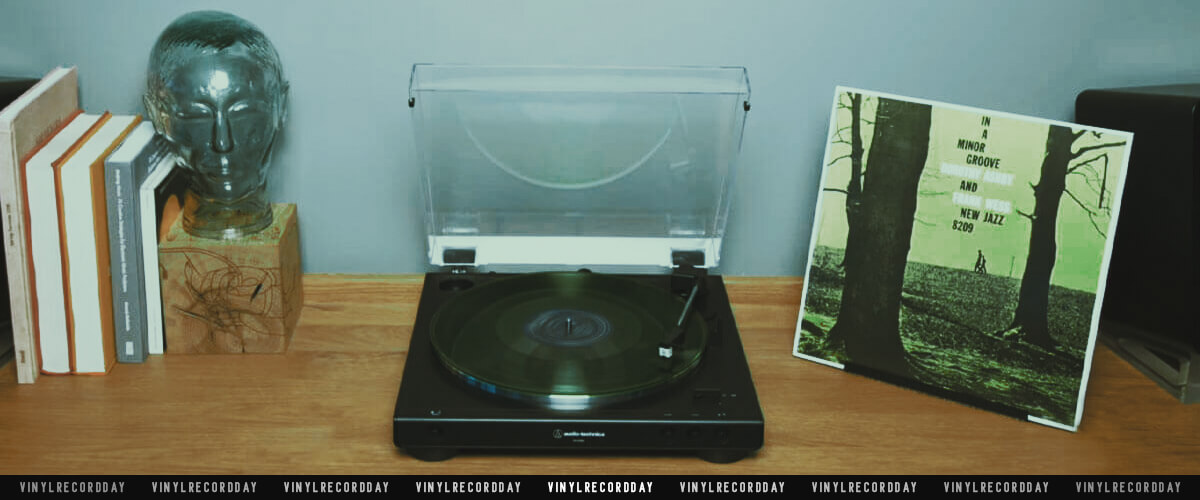
Now, let’s talk about the player’s downsides. Firstly, the build quality leaves much to be desired. The AT-LP60X, primarily constructed from plastic, feels disappointingly lightweight and fragile in my hands. Next, the cartridge is not upgradable, and the needle is super delicate. I’ve learned pretty quickly that the needle demands a gentle touch; it seems all too eager to pop off if I’m not careful. And then there’s the aux cable it came with – I was hoping for seamless sound transmission, but it just hasn’t lived up to those expectations. I found myself searching for a better cable, which thankfully made a significant difference in audio quality.
Despite its flaws, the Audio-Technica AT-LP60X isn’t the worst option available. After all, you can’t demand much in this price region. If you’re simply looking to explore vinyl, the AT-LP60X will suffice.
Key specs
- Drive type: belt.
- Operation type: fully-automatic.
- Speeds, RPM: 33 1/3, 45.
- Cartridge: Audio-Technica AT-LP60X’s Dual Magnet cartridge with replaceable stylus.
- Built-in preamp: yes.
- Bluetooth: no.
- USB: no.
- AUX: no.
Pros
- Plug-n-play model.
- Easy to operate.
Cons
- Cheap build
- Can’t upgrade the cartridge
- Frigale needle
- Poor quality aux cable
What to look for when choosing a belt drive turntable?
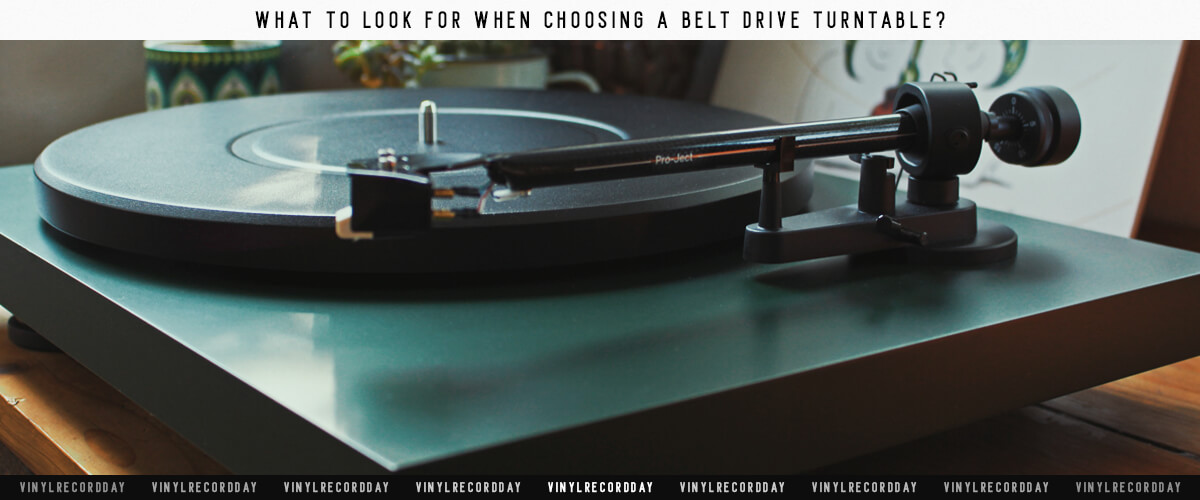
Belt-driven record players are available in hundreds of price points. Additionally, there are devices with a basic design and upgraded features you may not need. I’ve put together this section to help you choose a turntable that fits your needs and budget.
Built-in phono preamp
A phono preamp amplifies the audio signal of the record player and provides a standard equalization. This allows connecting the turntable to a stereo system for a more sophisticated sound and correcting the sonic imbalance.
The market offers devices with in-built phono preamps. The advantage of these turntables is that you save money and space by purchasing one unit that has it all.
However, you might want to opt for a turntable without a phono preamp and get an external one to obtain hi-fi restoration.
Automatic or manual record player
There are two turntable systems: automatic and manual. Manual belt-drive record players have won the leading position in the market. These devices give you more space for customization and ensure a better sound. But mind that you’ve got to manually lower the tonearm and make the needle touch the record to make it sing. You should also bring it back in the resting position when the device stops playing. Thus, there is a risk of damaging the stylus or record if you are not careful.
An automatic belt drive turntable will spare you from this hassle. It will lower and lift the tonearm as you turn the turntable on and off.
3.5 mm, USB output, Bluetooth
The traditional way of connecting the turntable to speakers is by using RCA signal cables. However, more advanced record players have more connection options. For instance, a mini-stereo connector (⅛ inches – 3.5 mm) allows pairing the device with headphones. You can find turntables with a USB output that makes it possible to connect them to the computer. A Bluetooth feature enables wireless connection with speakers or other assets.
Materials and components of turntables
The material quality of the turntable’s body defines how long you’ll be able to use it. Plastic units are cheaper, but the ones made of hardwood or die-cast aluminum will serve longer.
Besides, the acoustic performance of your turntable will depend largely on the quality of the components. More expensive models include premium quality mechanisms that ensure better performance.
For instance, a high-end diamond stylus provides up to 2,000 hours of work, delivering a more precise sound due to a tighter contact with grooves. Ceramic needles (the cheapest ones) only ensure 50-200 hours of playtime.
The quality of the cartridge that holds the needle can also make a dramatic difference in acoustic rendering. For example, cartridges with a ceramic rod are the cheapest options, but their rod bends under the vibrations causing additional noises. Moving iron cartridges have a tiny piece of iron, which delivers better groove tracking and renders a more stable sound.
Difference between belt-drive and direct-drive turntables
As the name implies, the direct-drive turntable’s motor sits directly under the platter. Thanks to this, the start-up time is almost instant, and the torque & speed are more stable. Due to a free-spinning platter, the device spins the record in both directions, making it a great choice for DJs.
A belt-drive record platter uses a belt to make the platter spin. As the motor is not connected to the platter, it takes time to get it to full speed. But the sound is much purer as it is not affected by the motor’s vibrations.
